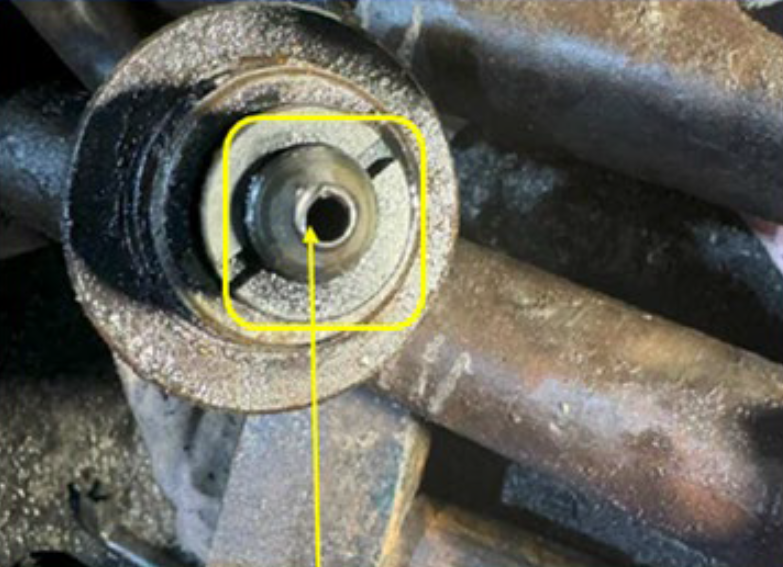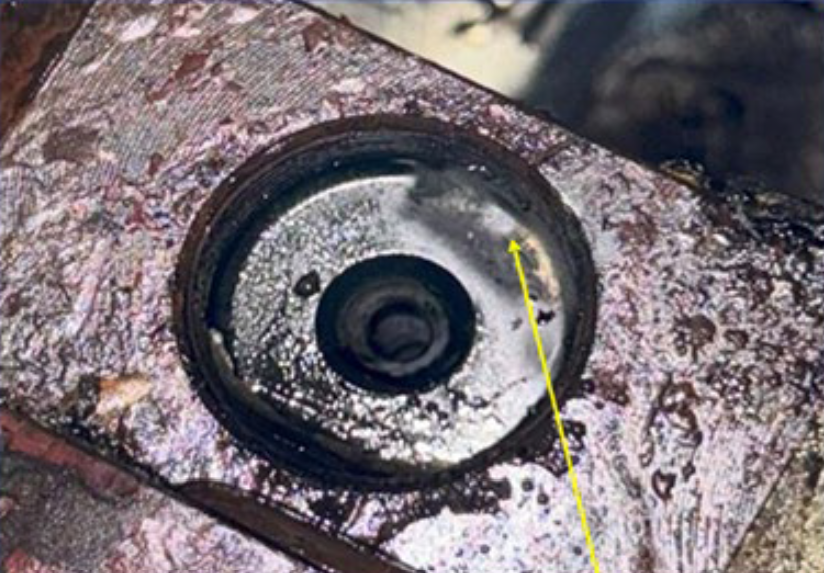Fire in engine room
What happened
A fire occurred in the engine room of a vessel during operations. The fire was first detected by a duty crew member, and the watch team immediately attempted to extinguish it using portable fire extinguishers. Unfortunately, these efforts were not successful, and the fire rapidly escalated.
The fire initially impacted the starboard main engine and surrounding areas, with temperatures rising beyond 660°C. This extreme heat caused significant damage, ultimately leading to the destruction of the engine room and adjoining areas, including accommodation spaces.
However, the emergency response and firefighting efforts from the fleet and local authorities were swift, helping to prevent further escalation and ensuring the safety of the crew and passengers and protection of the environment.


Why did it happen?
Investigation identified that:
- The most likely cause as a fuel leak from a high-pressure pipe which had been misaligned during re-assembly;
- Blocked leak detection tubing failed to alert the crew to the fuel leak in a timely manner;
- Additionally, blocked drain lines from the hot box prevented proper fuel drainage, leading to fuel accumulation;
- The accumulated fuel ignited upon contact with the engine’s hot surfaces.
Why did the fire spread?
The fire spread for several reasons including:
- The fire water mist system valve being closed, preventing effective suppression;
- Crew attempted to close the fuel supply quick closing valves remotely but failed due to heavy smoke in the area;
- The delayed shutdown of engine room ventilation, along with incomplete closure of fire dampers and doors, allowed the fire to spread rapidly due to increased oxygen supply.
What can we learn
- This incident highlights several critical areas for improvement in fire prevention and emergency response:
- Proper Re-Assembly and Maintenance
- Alignment of Components: Misalignment during re-assembly can lead to serious failures, such as fuel leaks. OEM manual procedures and checks must be followed to ensure that all components, especially high-pressure fuel systems, are correctly installed and secured.
- Regular Drain Line and Leak Detection Inspections: Drain lines and leak detection systems should be regularly inspected and cleared of any debris that might obstruct proper operation. Blockages in these systems can lead to undetected hazards.
- Emergency Preparedness and Training
- Drills and Simulations: Frequent fire drills and simulations focusing on proper equipment handling, securing ventilation, and closing safety barriers (such as hatches and doors) are key to ensuring crew readiness.
- Cross-Check of Procedures: Regular cross-checking and audits of safety procedures can help identify areas where emergency response might fall short, providing an opportunity for corrective action before an incident occurs.
Members may wish to refer to:
Safety Event
Published: 14 October 2024
Download: IMCA SF 20/24
IMCA Safety Flashes
Submit a Report
IMCA Safety Flashes summarise key safety matters and incidents, allowing lessons to be more easily learnt for the benefit of all. The effectiveness of the IMCA Safety Flash system depends on Members sharing information and so avoiding repeat incidents. Please consider adding [email protected] to your internal distribution list for safety alerts or manually submitting information on incidents you consider may be relevant. All information is anonymised or sanitised, as appropriate.
IMCA’s store terms and conditions (https://www.imca-int.com/legal-notices/terms/) apply to all downloads from IMCA’s website, including this document.
IMCA makes every effort to ensure the accuracy and reliability of the data contained in the documents it publishes, but IMCA shall not be liable for any guidance and/or recommendation and/or statement herein contained. The information contained in this document does not fulfil or replace any individual’s or Member's legal, regulatory or other duties or obligations in respect of their operations. Individuals and Members remain solely responsible for the safe, lawful and proper conduct of their operations.
